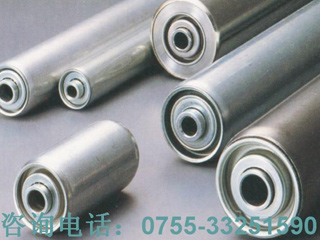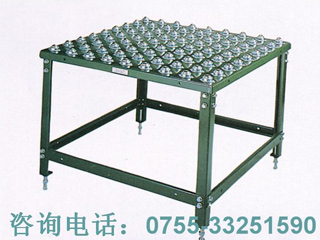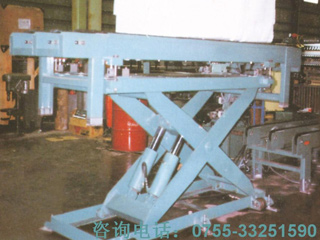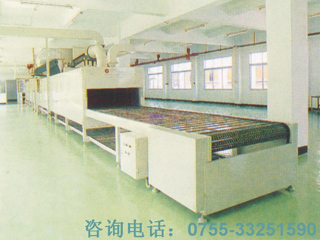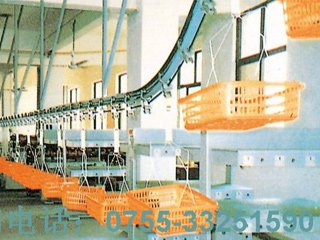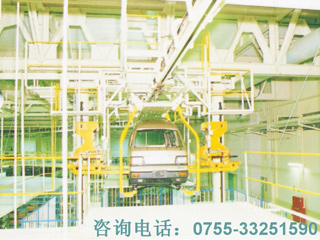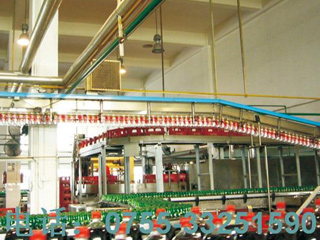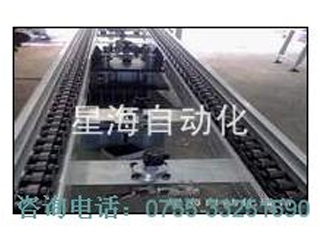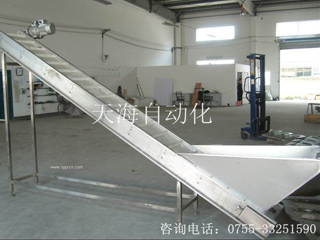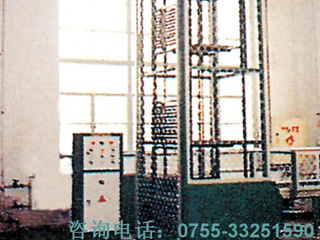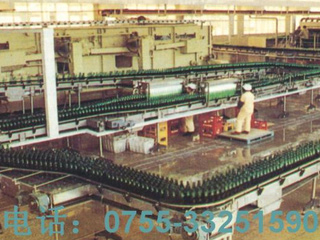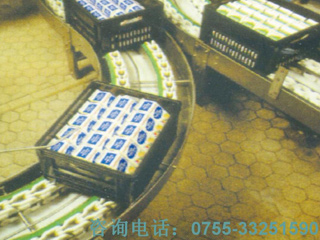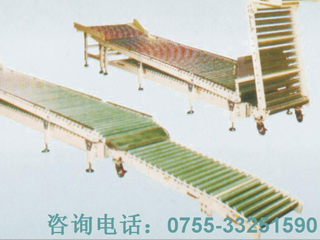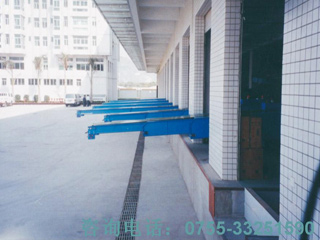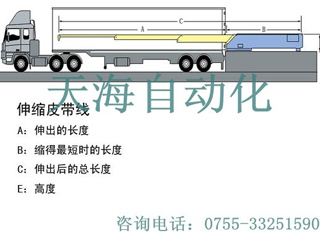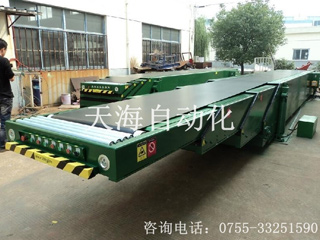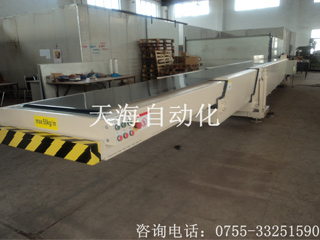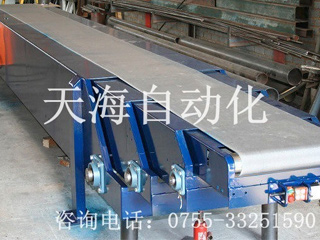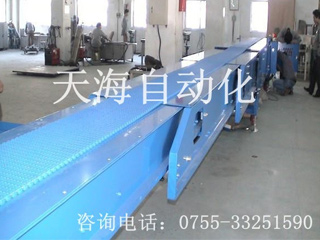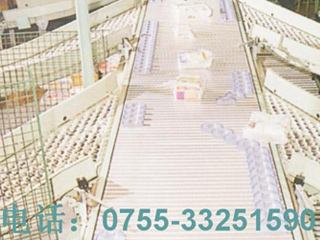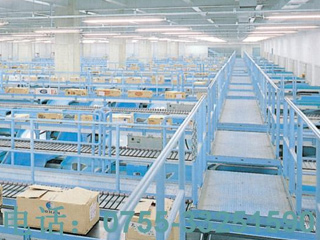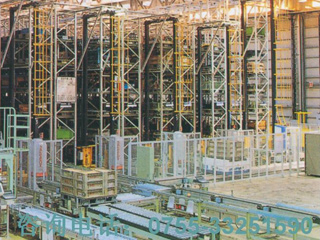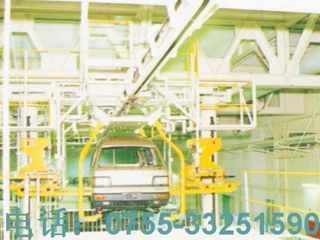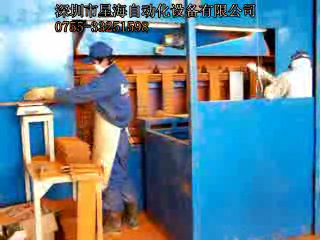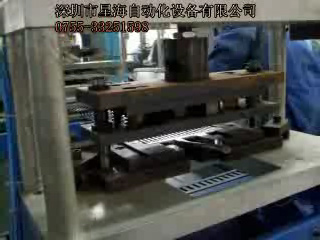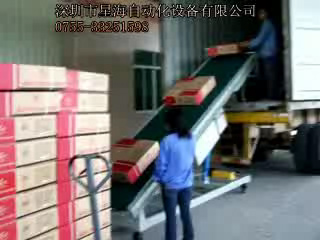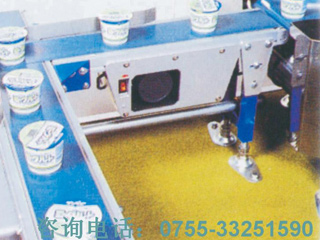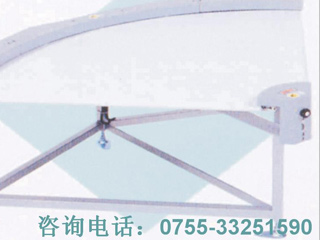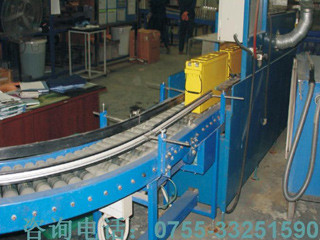Manufacturers in any field are committed to protecting their automated assembly-line production processes from outsiders, even if it's not a secret. This idea eventually leads to the fact that most processes have some proprietary nature and mix different methods, technologies and operation modes, which ultimately affects a manufacturer's ability to compete effectively. This is especially true in the field of medical products, where both products and production processes may be highly proprietary.
If no one talks about it, how can a factory manager know if his production process is out of date, or that some parts of the process are losing flexibility, productivity is weakening, or that they are incurring unnecessary cost expenditure? Of course, they often have very similar problems with the key production equipment of the conveyor. Sensitively aware, but perhaps less sensitive to secondary aids. In material conveyor equipment such as conveyor equipment, whether old or lack of flexible equipment often leads to shutdown, additional repair and replacement costs. Because conveyors are often connected to key production nodes, some manufacturers who have encountered material accumulation, maintenance interruptions or other inefficiencies have not realized that the new generation of conveyors and new accessories may wipe out those efficiency killers.










